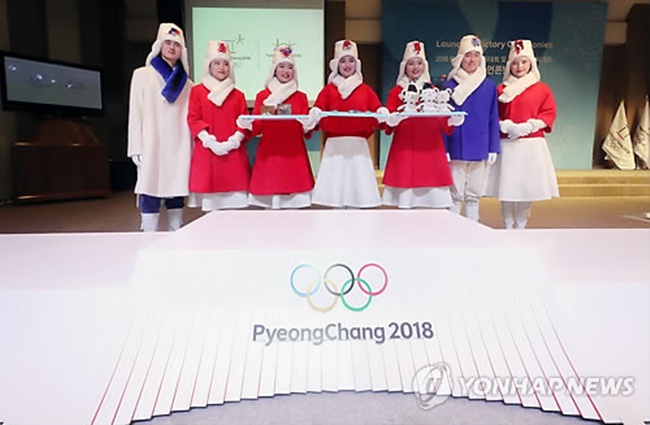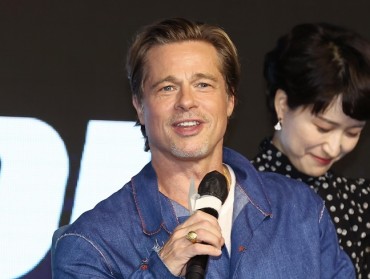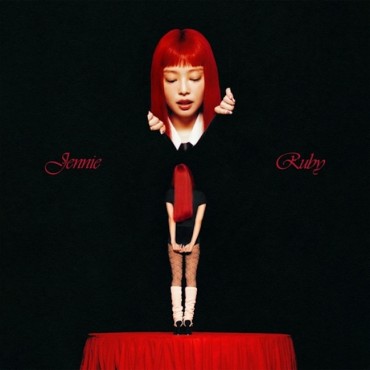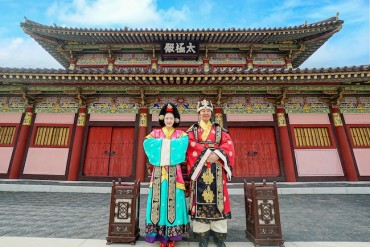
The PyeongChang Organizing Committee for the 2018 Olympic & Paralympic Winter Games (POCOG) said the victory ceremonies will be staged under the concept of “convergence and unique.” (Image: Yonhap)
SEOUL, Dec. 27 (Korea Bizwire) – South Korean organizers have unveiled the podiums, costumes, music and gifts for medalists on Wednesday that will be used during the victory ceremonies at the PyeongChang Winter Olympic and Paralympic Games next year.
The PyeongChang Organizing Committee for the 2018 Olympic & Paralympic Winter Games (POCOG) said the victory ceremonies will be staged under the concept of “convergence and unique.”
The POCOG said designs of the victory ceremony items are based on the idea of combining aspects of Western and Eastern culture, as well as modern and traditional. The victory ceremony programs will also deliver the unique beauty of South Korean culture, the organizers said.
The POCOG said the Olympics will have 103 victory ceremonies, while the Paralympics will have 80 medal-awarding events. The ceremonies will be staged at the Medal Plaza inside the Olympic Plaza in PyeongChang, some 180 kilometers east of Seoul.
The white podiums — designed by Han Kyung-woo, a professor of installation art at Seoul National University of Science & Technology — were inspired by snow on Korean traditional tiled roofs, also known as “giwa,” and applied characteristics of “dancheong,” Korean traditional decorative coloring on wooden buildings and artifacts.
The elegant costume designs — created by Geum Key-sook, a professor of textile arts and fashion design at Hongik University in Seoul — used the colors of blue and red, which are also used on the South Korean national flag “taegukgi.”
The costumes also applied designs from Korean traditional winter clothes and hats. They also designed the costumes for medal-bearers and athlete escorts to stay warm against PyeongChang’s cold weather.
There will be no floral bouquets at the PyeongChang Games, but the POCOG will give a mini doll of the Games mascots wearing “Usahwa,” a paper flower that was bestowed to those who passed national exams during the Joseon Dynasty, to the medal winners.

South Korean models wearing costumes for the victory ceremonies at the PyeongChang Winter Olympic and Paralympic Games pose for a photo behind the Olympic podium at an event in Seoul on Dec. 27, 2017. (Image: Yonhap)
For the Olympics, the medalists will get a mini doll of Soohorang, along with take-home gift of a wooden artifact with Korean traditional letter “hangeul.” The Paralympic medalists will receive a mini doll of Bandabi.
The music that will be used during the medal-awarding ceremony was composed by Cho Young-soo, who previously made songs for K-pop groups like SG Wannabe and T-ara,
Lee Hee-beom, who leads the POCOG, said the victory ceremonies will be a festival for both athletes and fans.
“We will try to show South Korea’s unique culture and beauty to the world,” he said. “For athletes, it’s going to be one of the most important moments in their life, but for fans, it will be a culture festival.”
(Yonhap)






